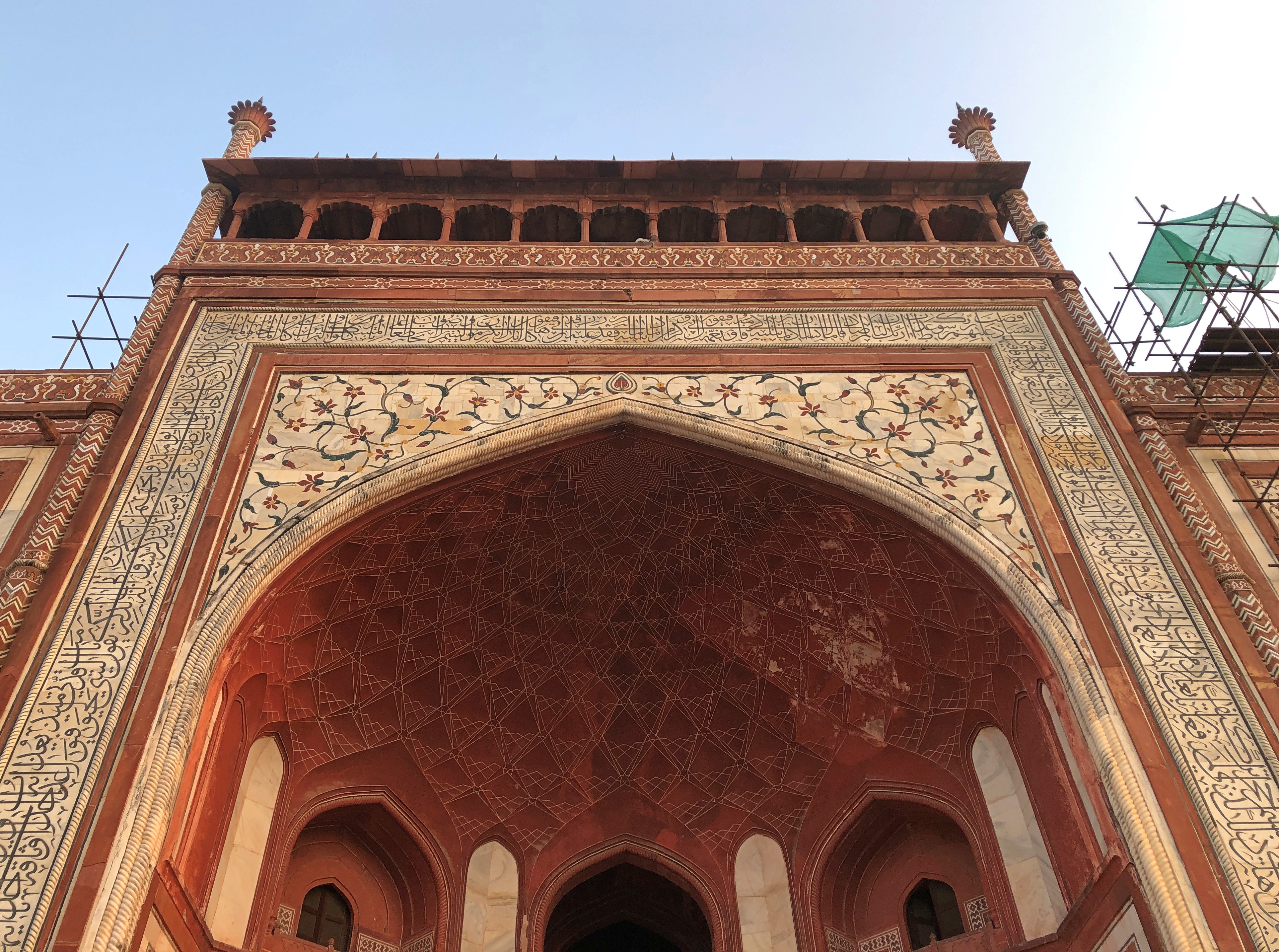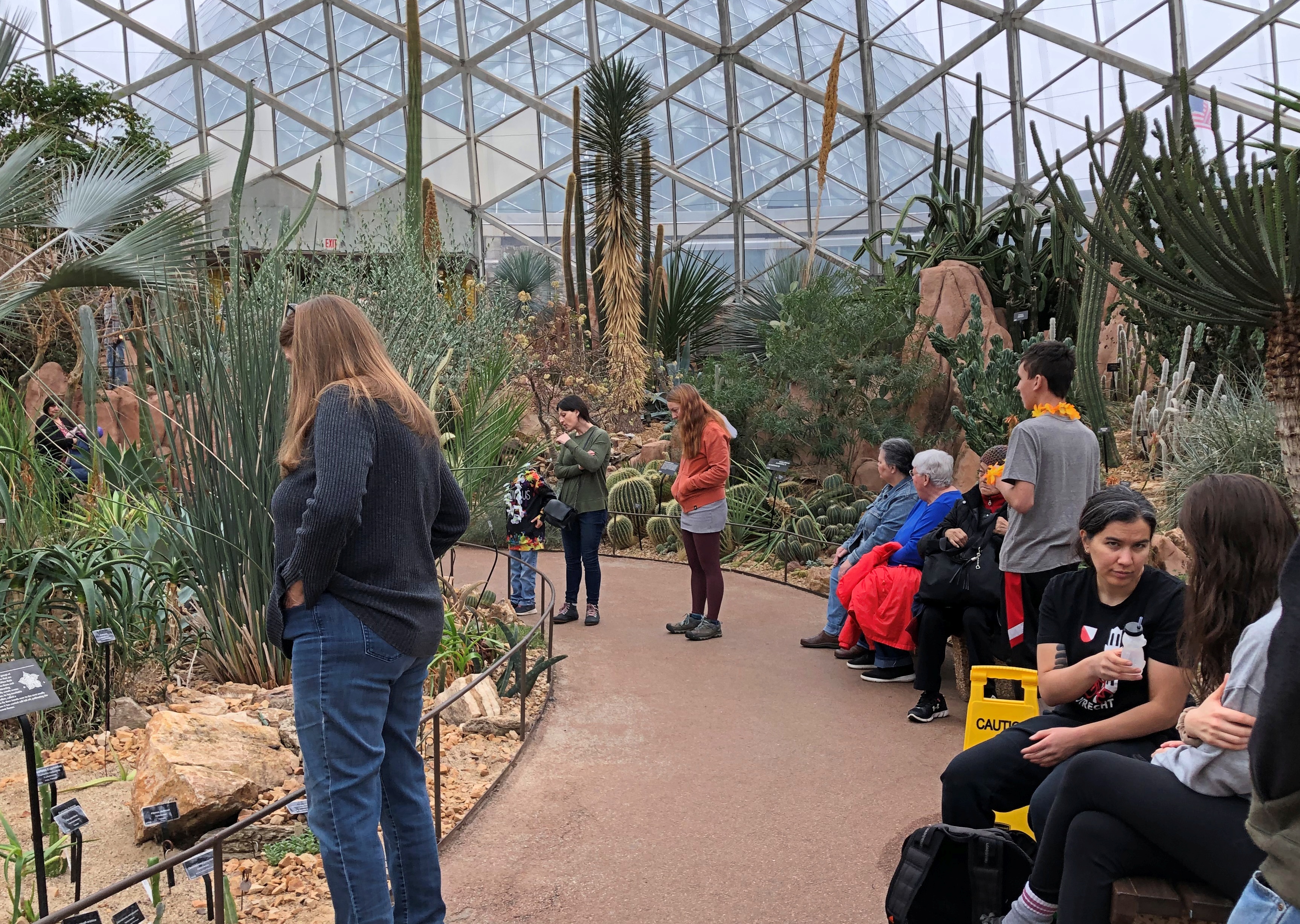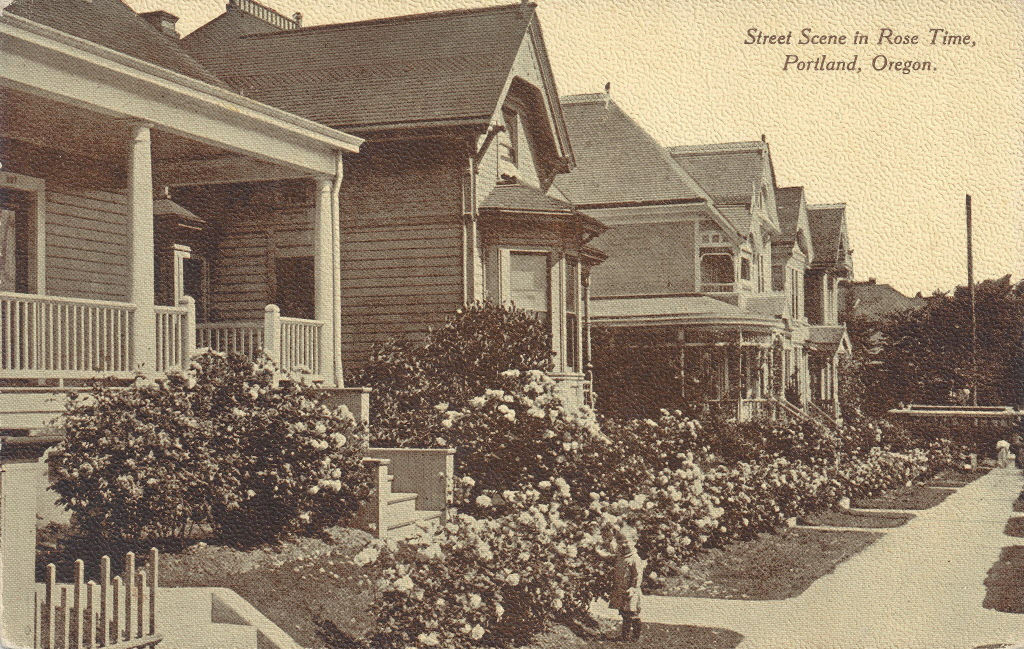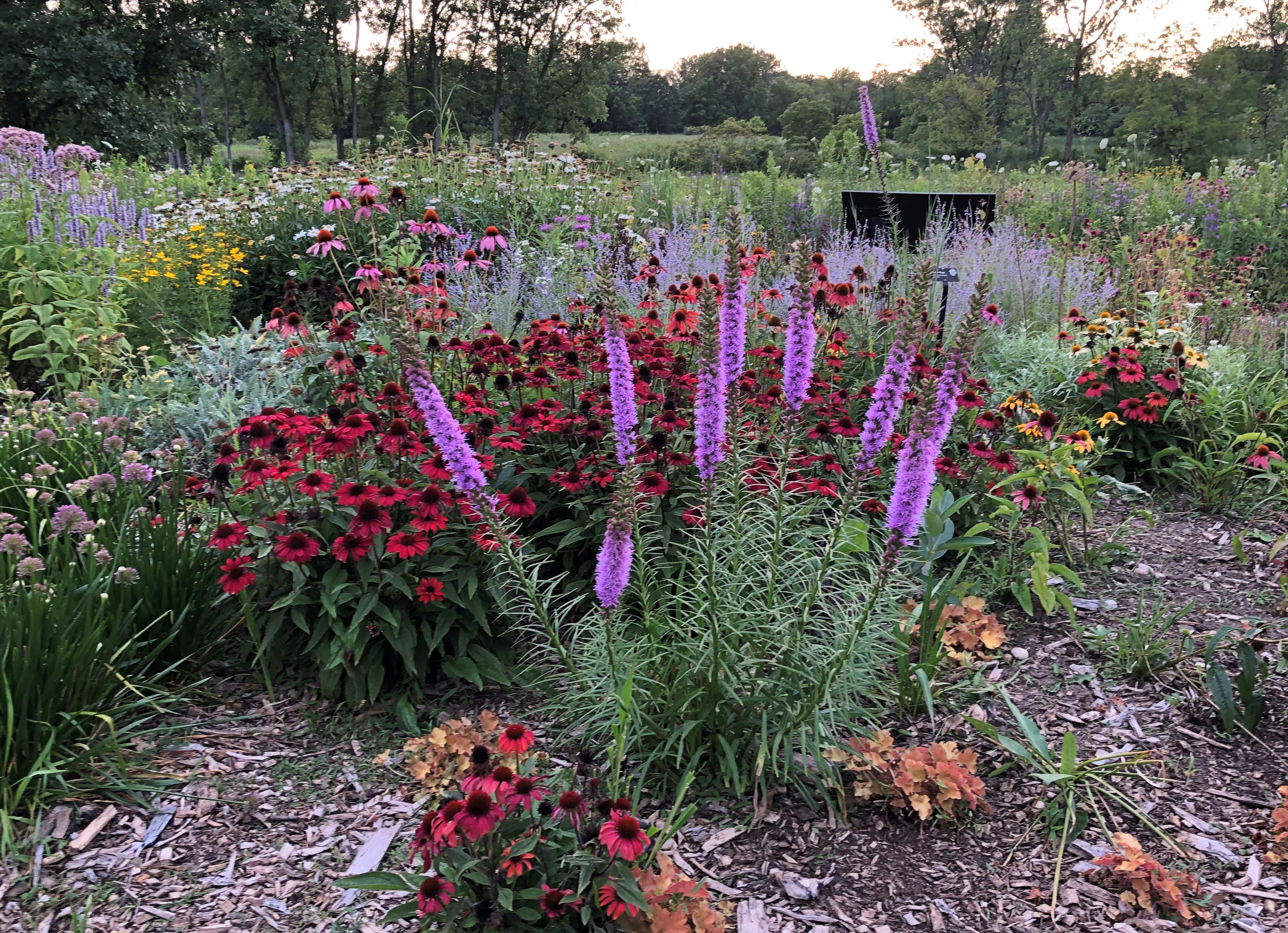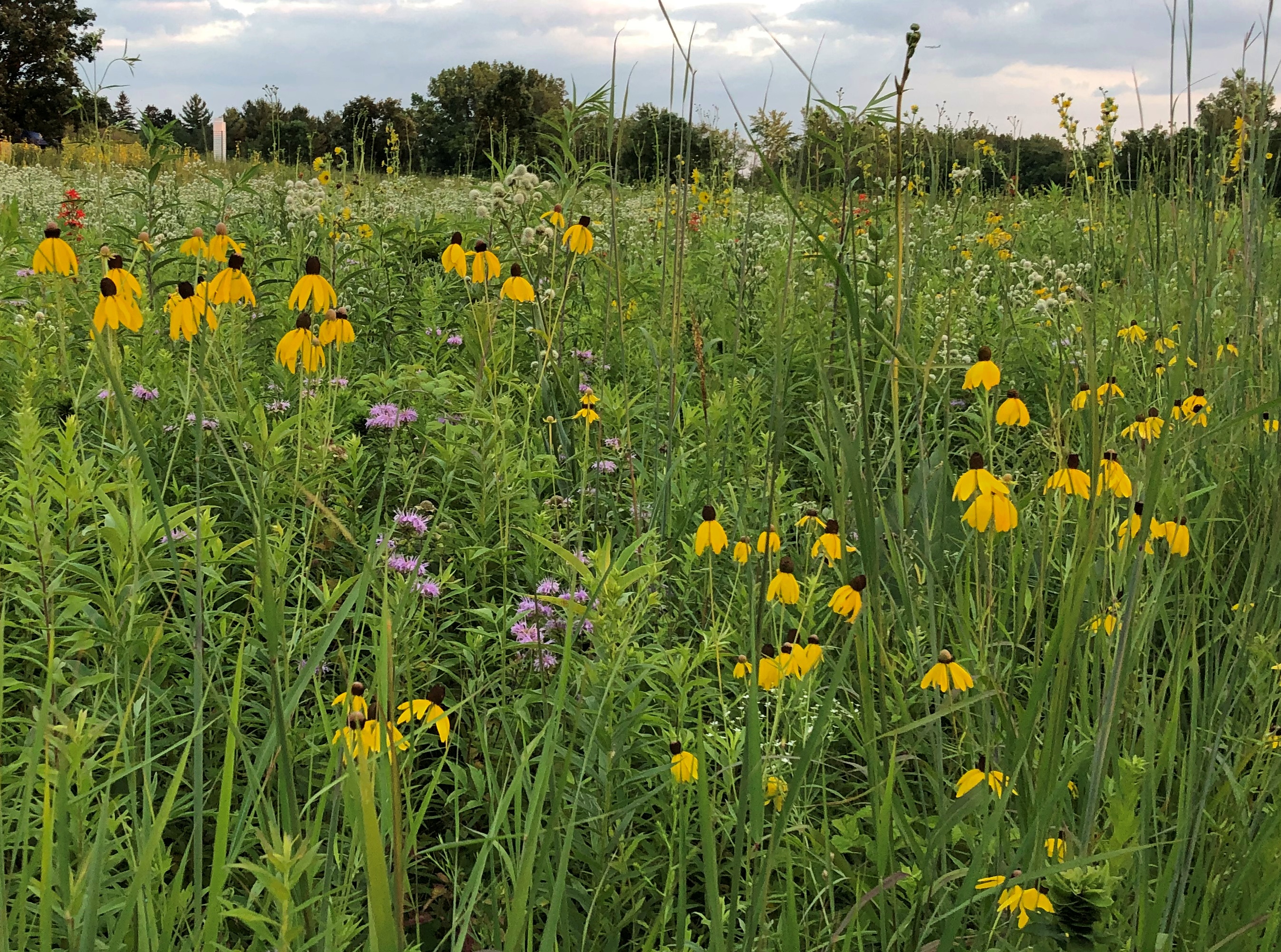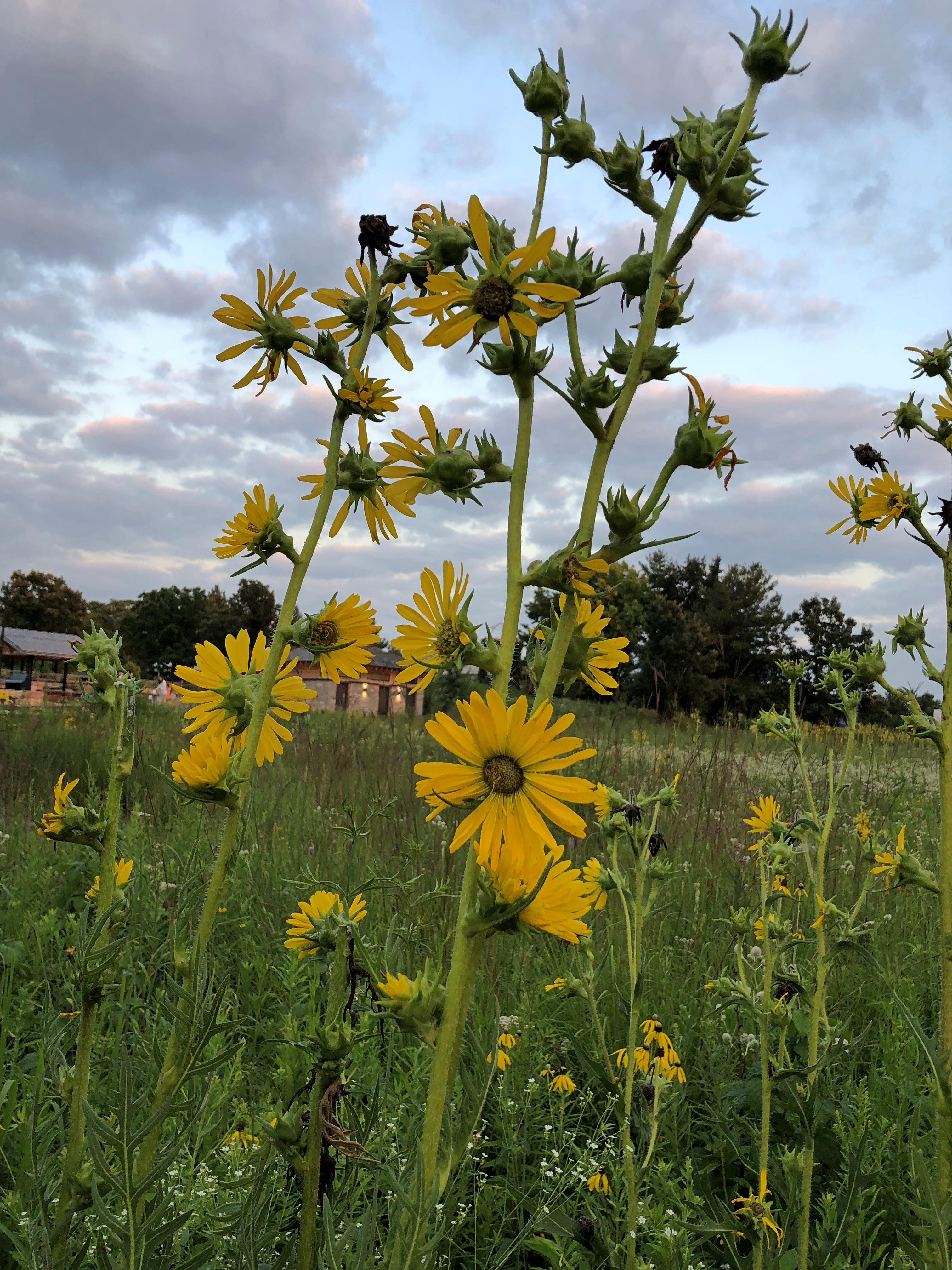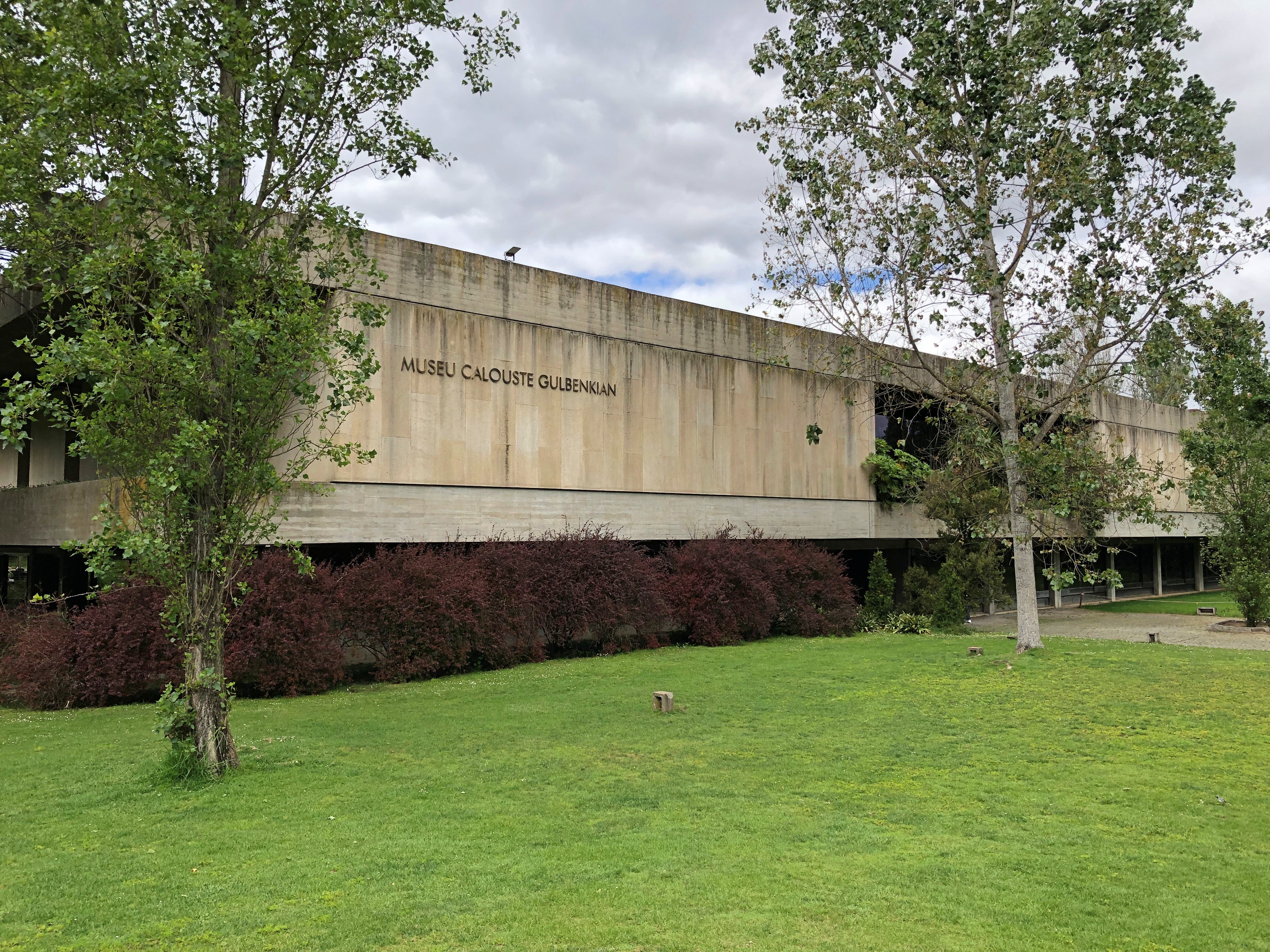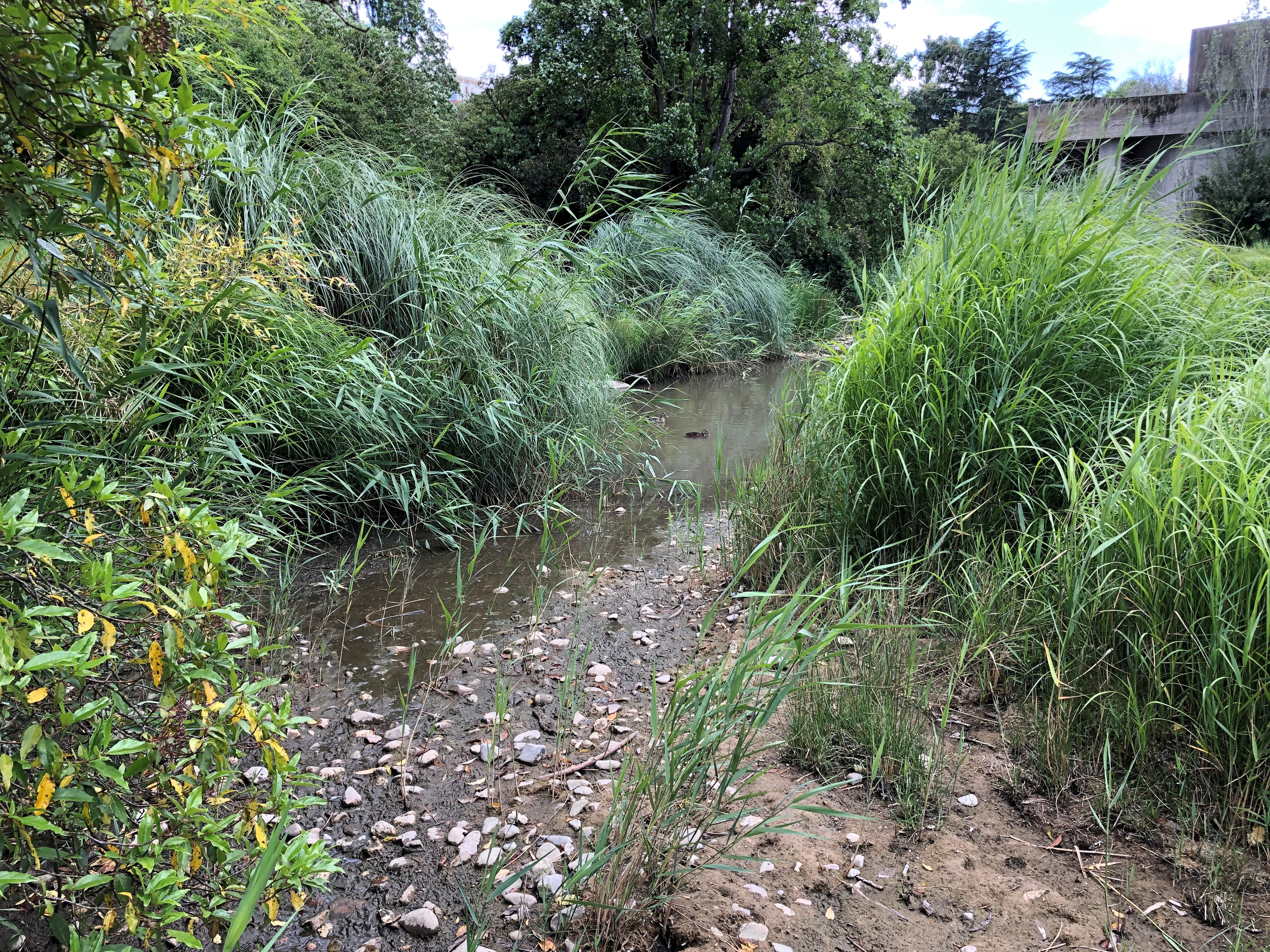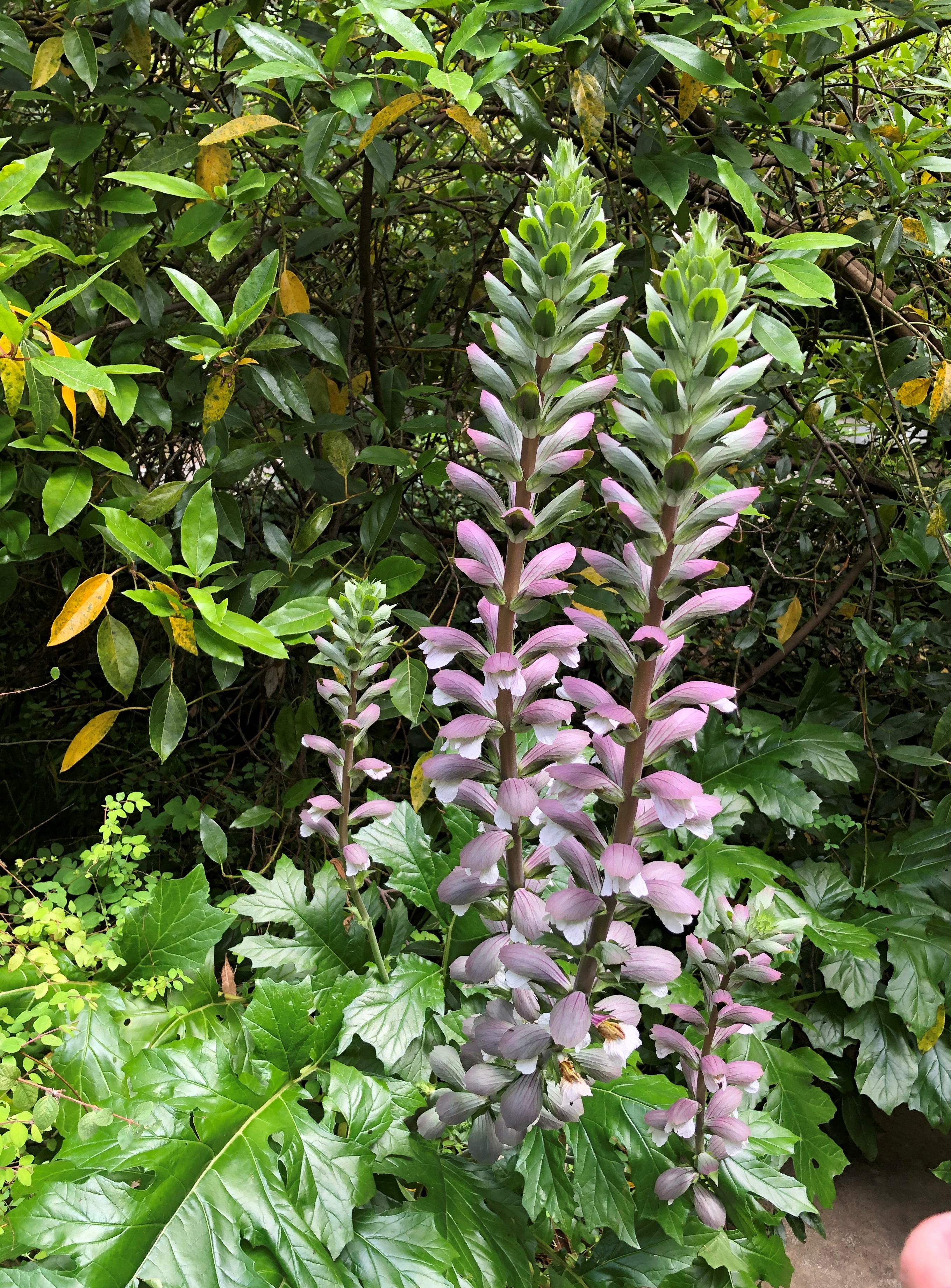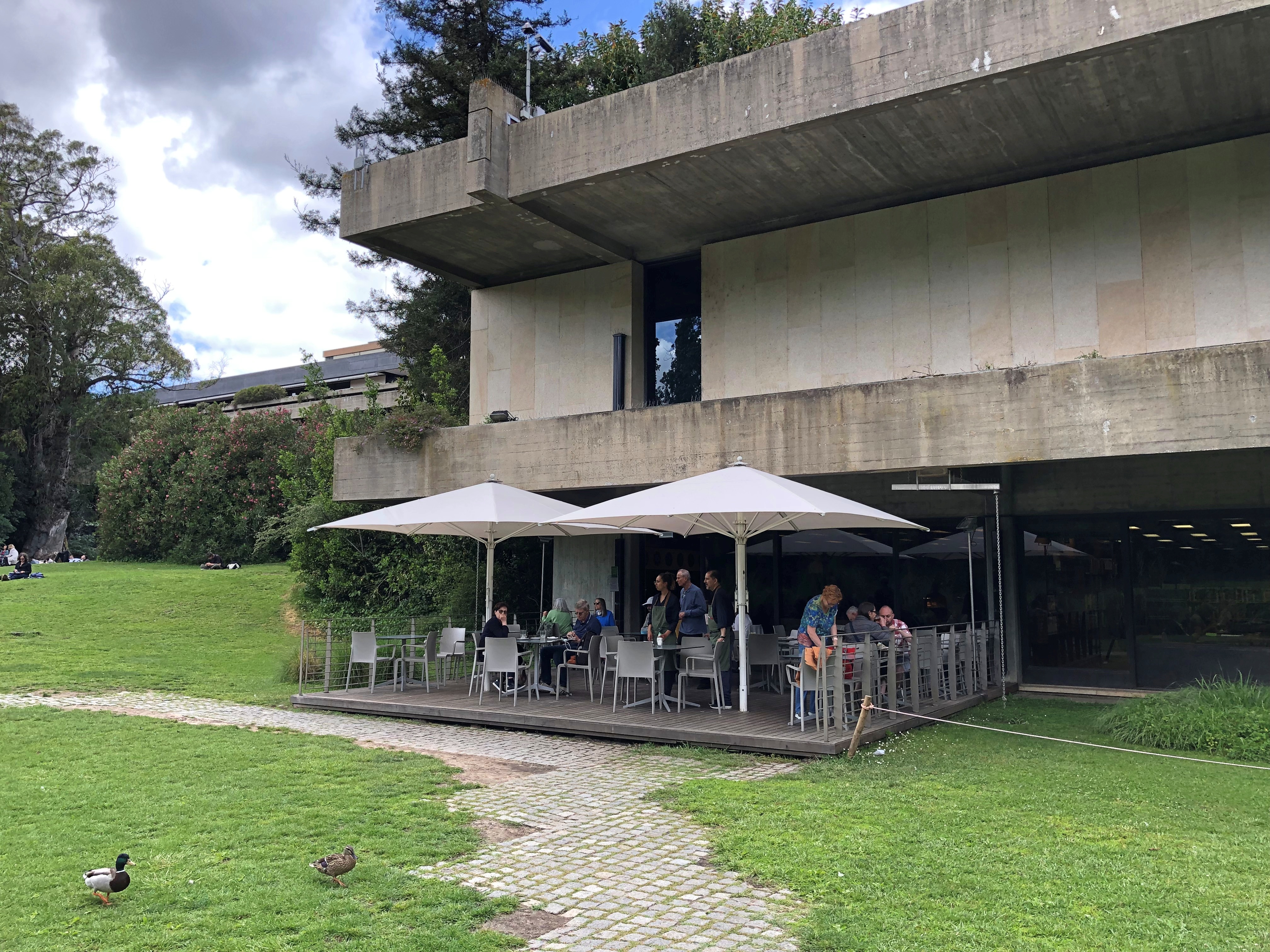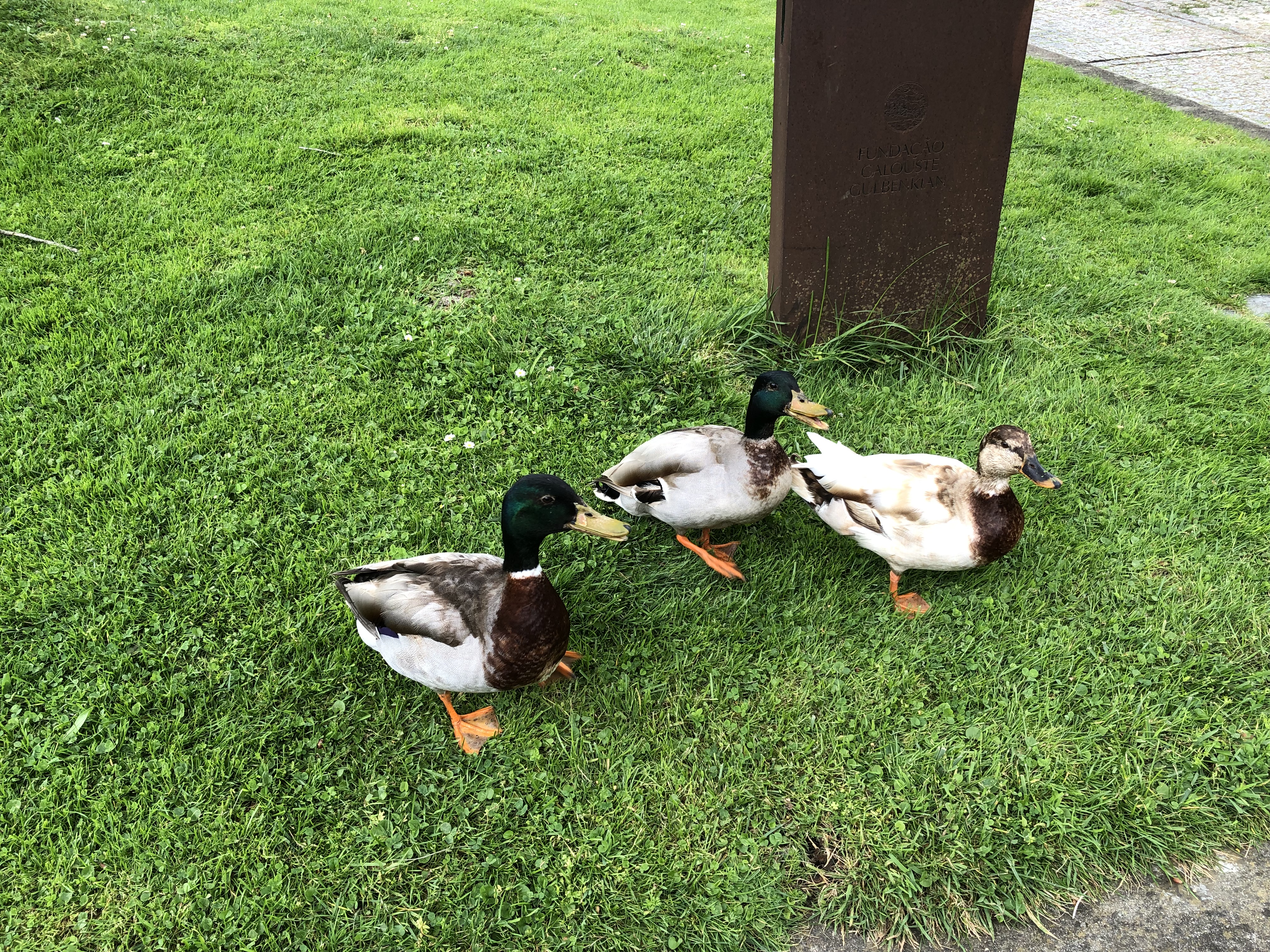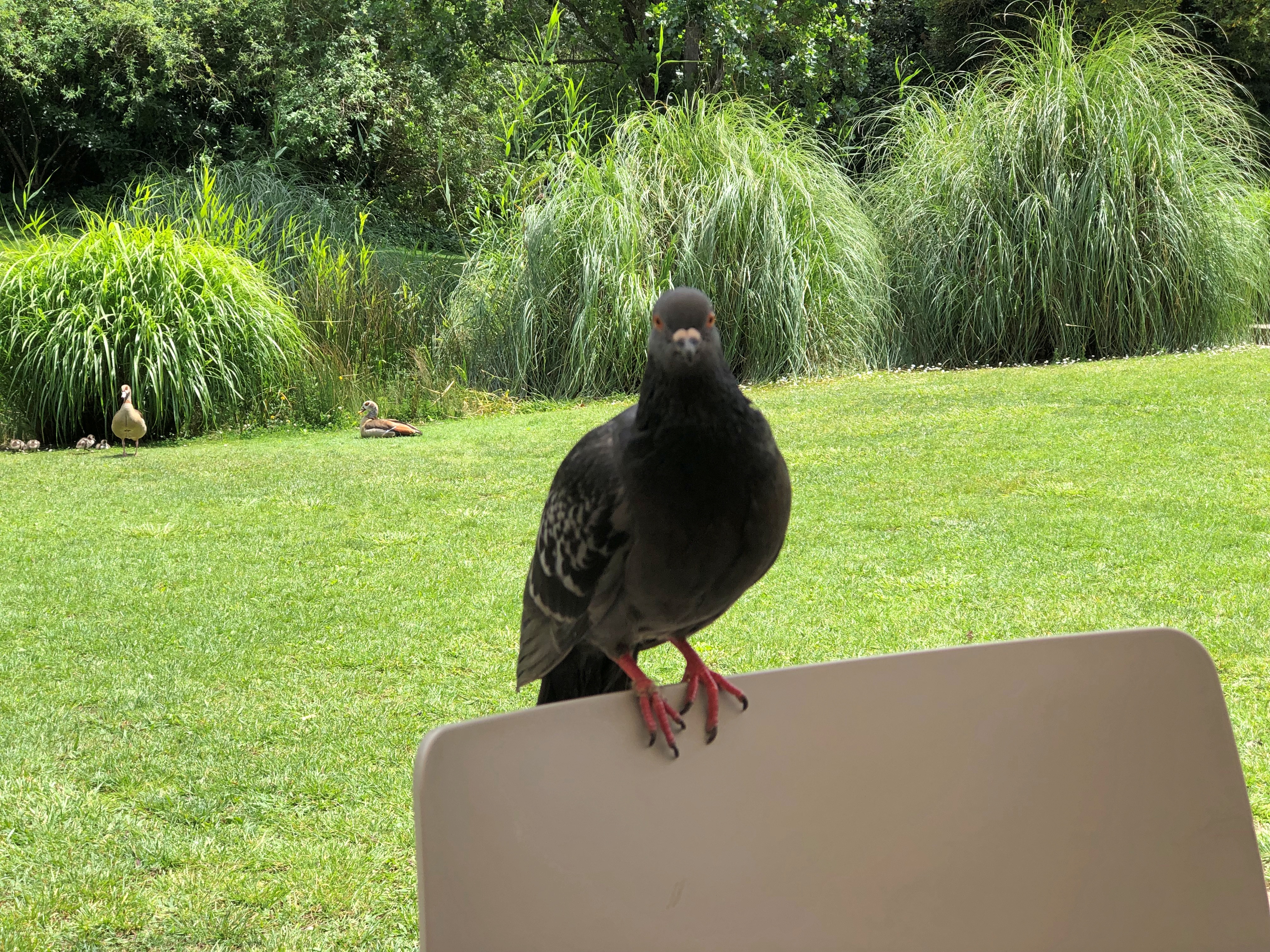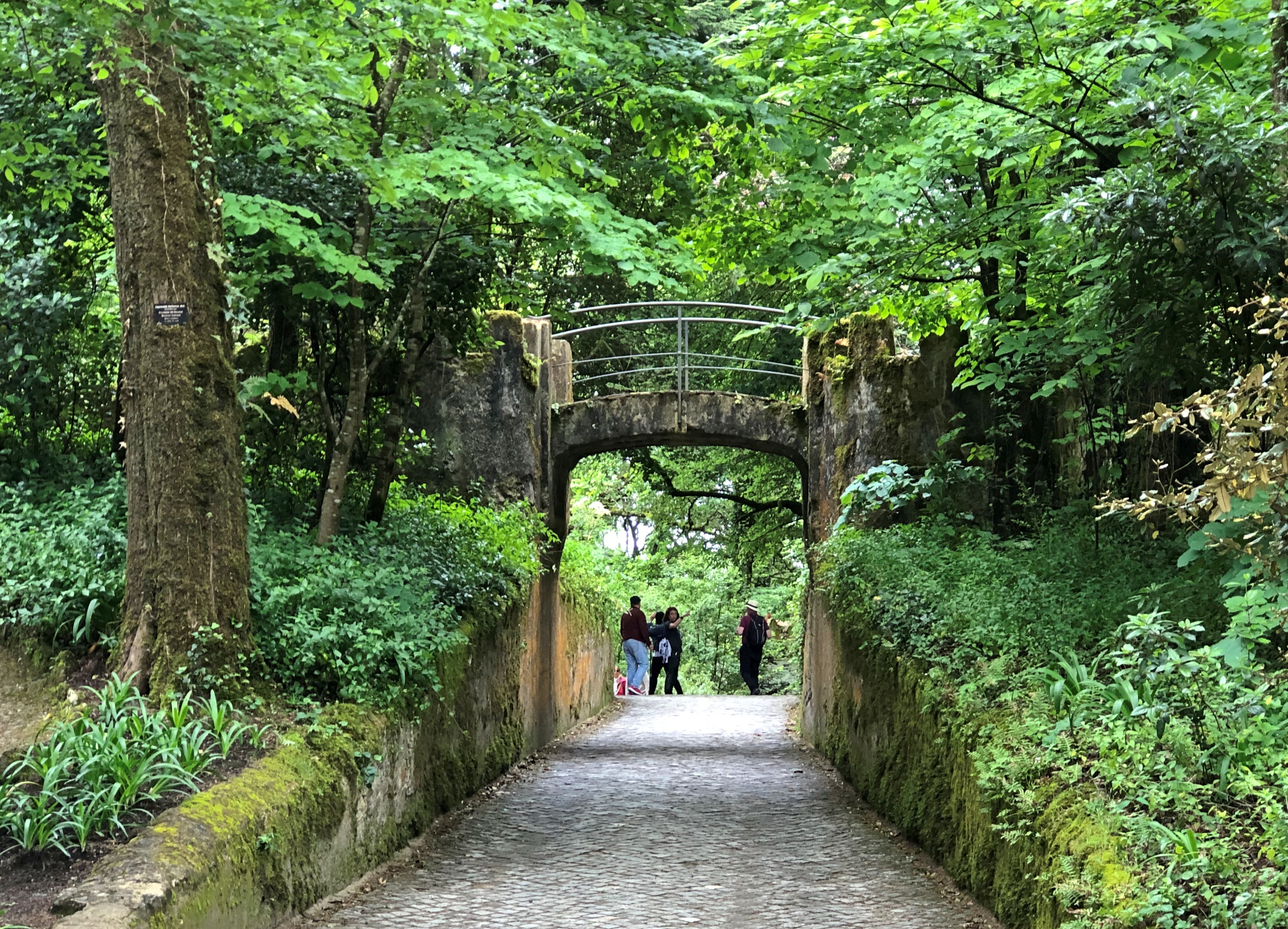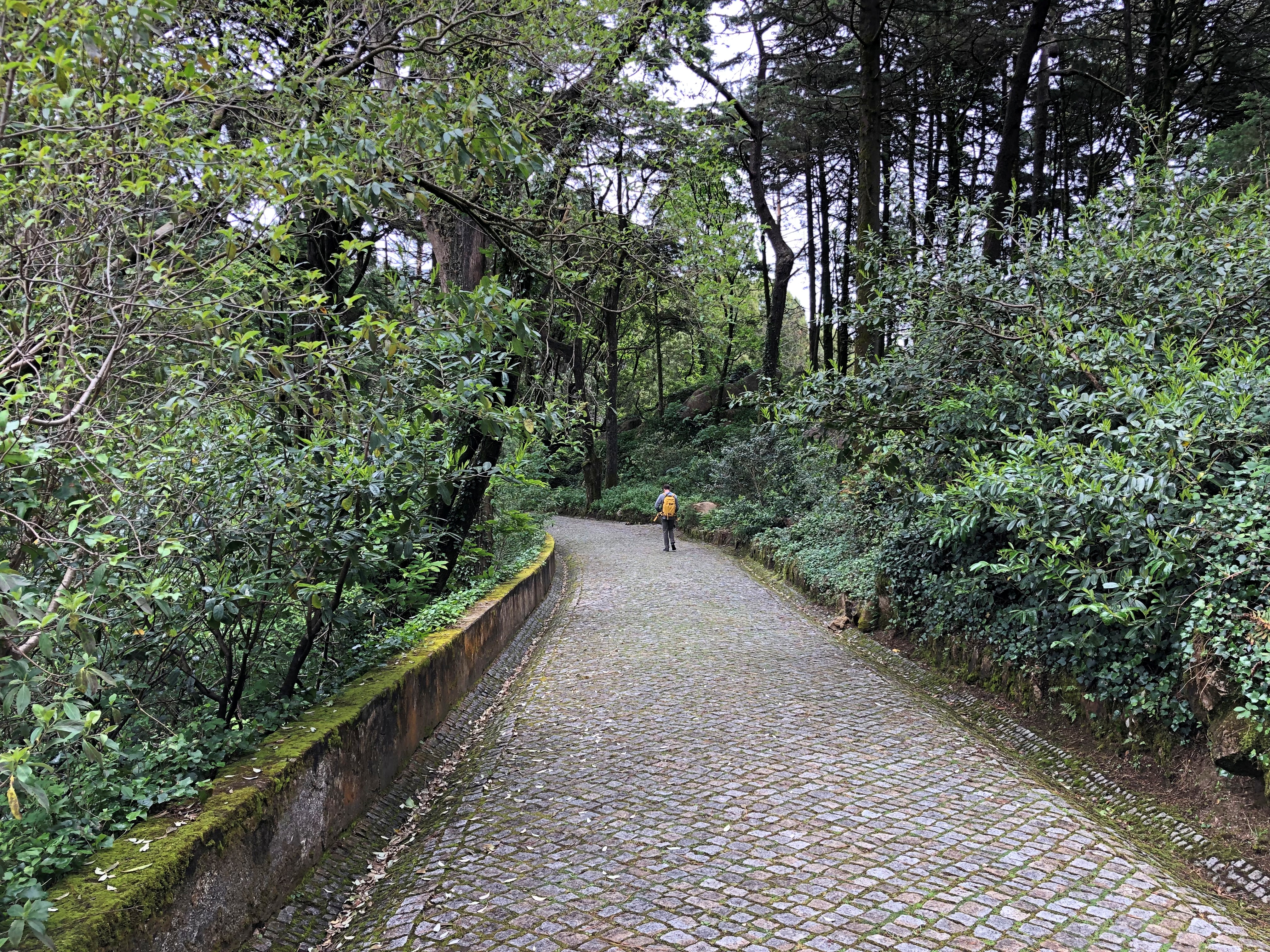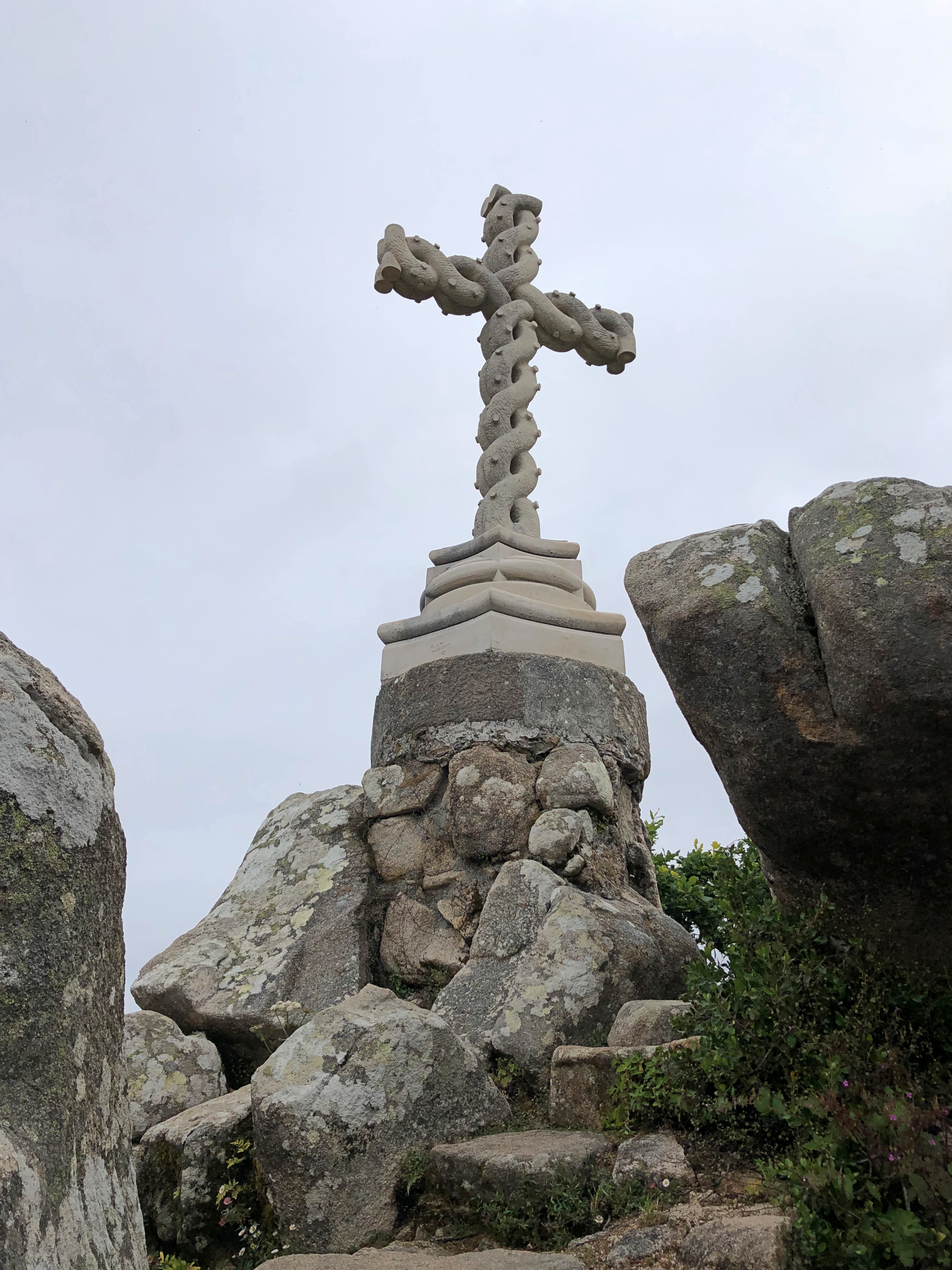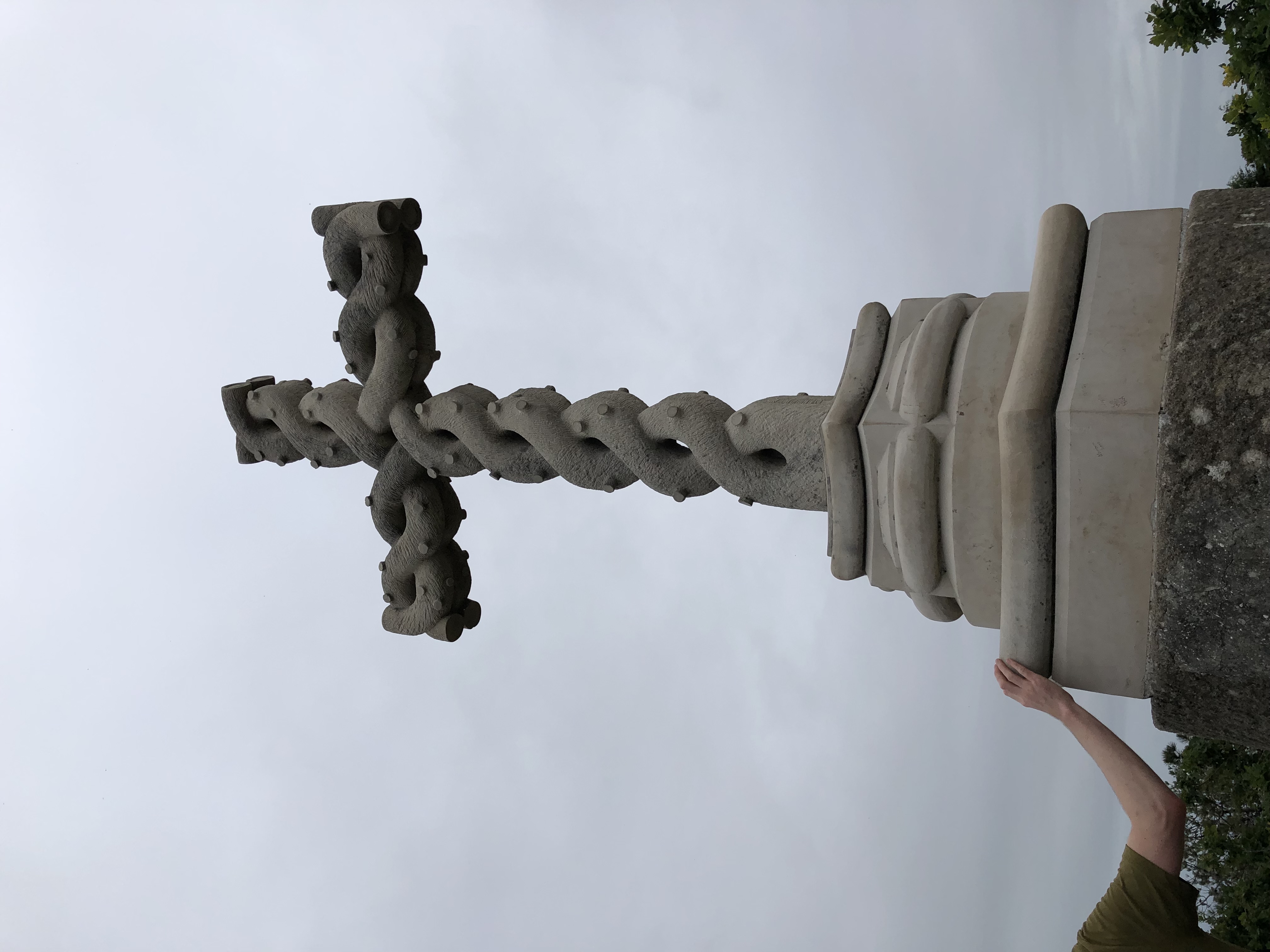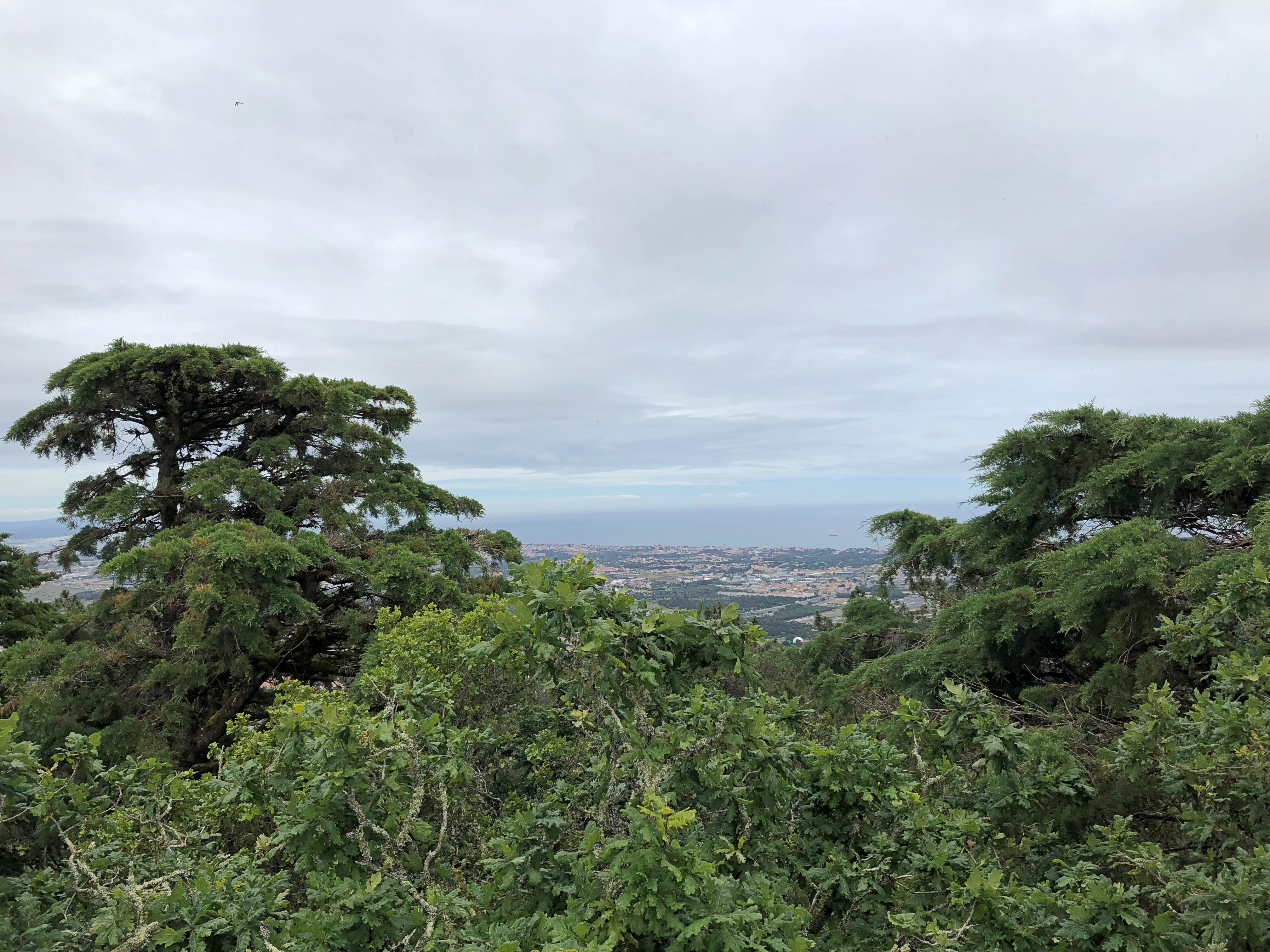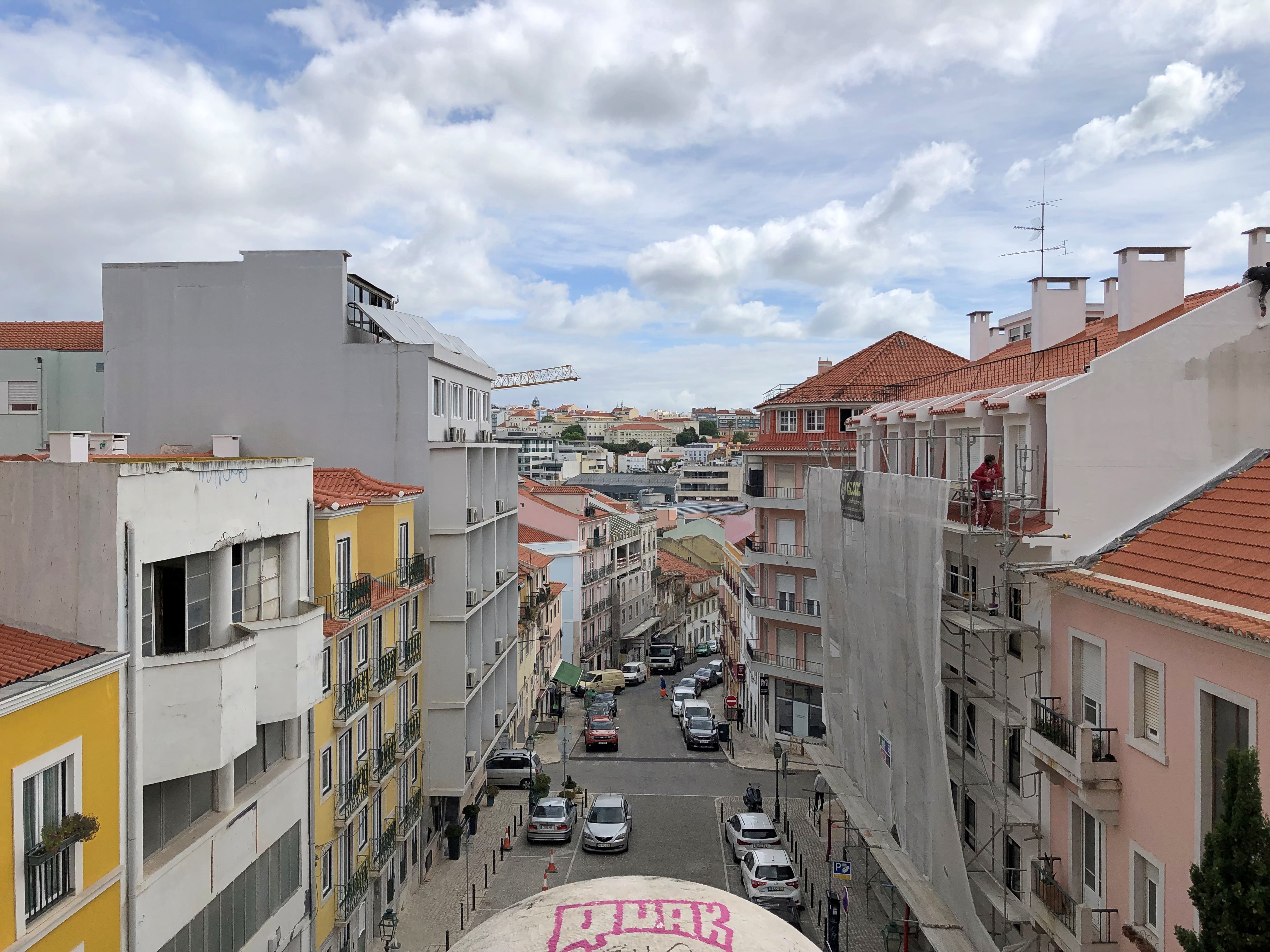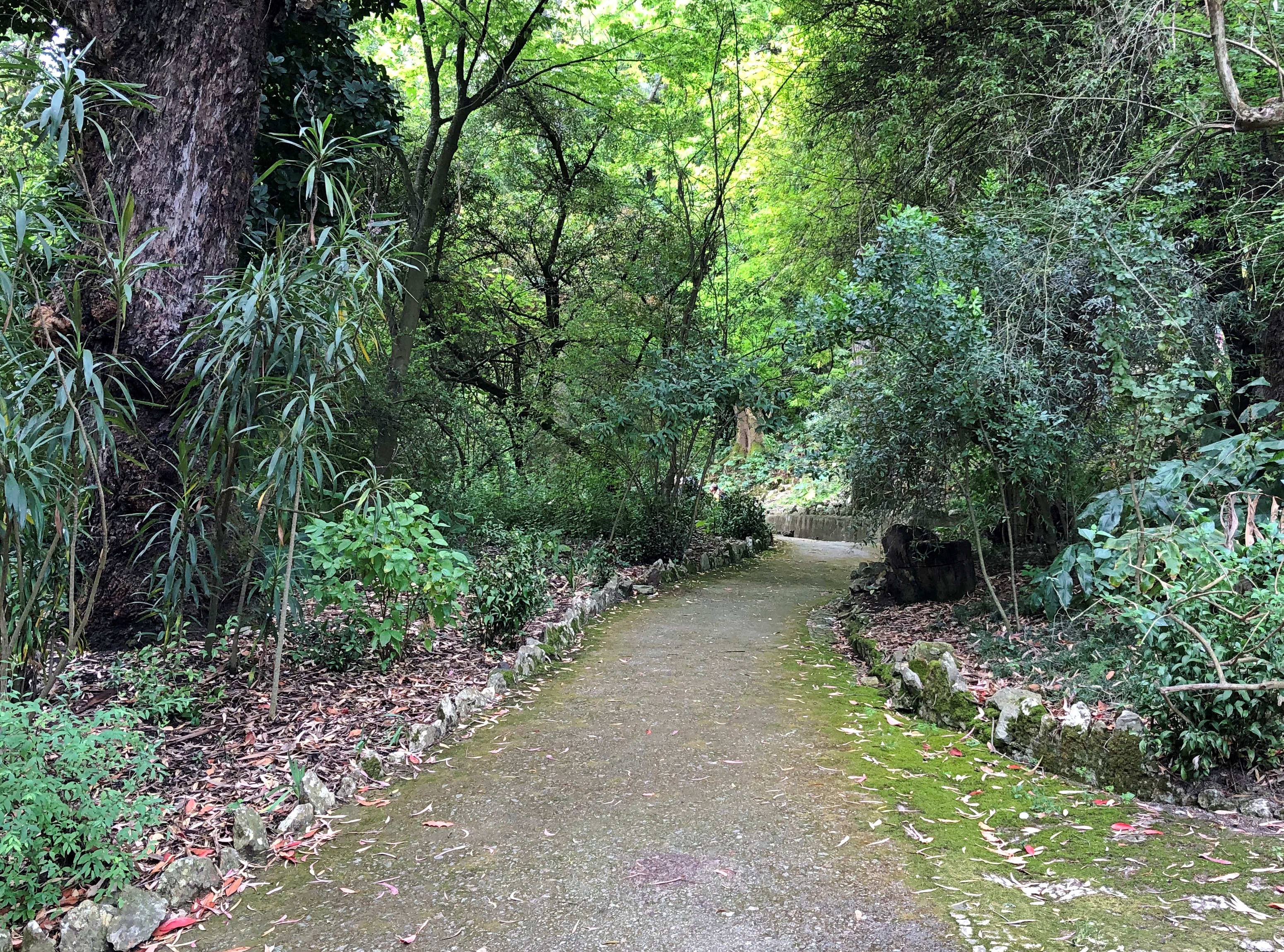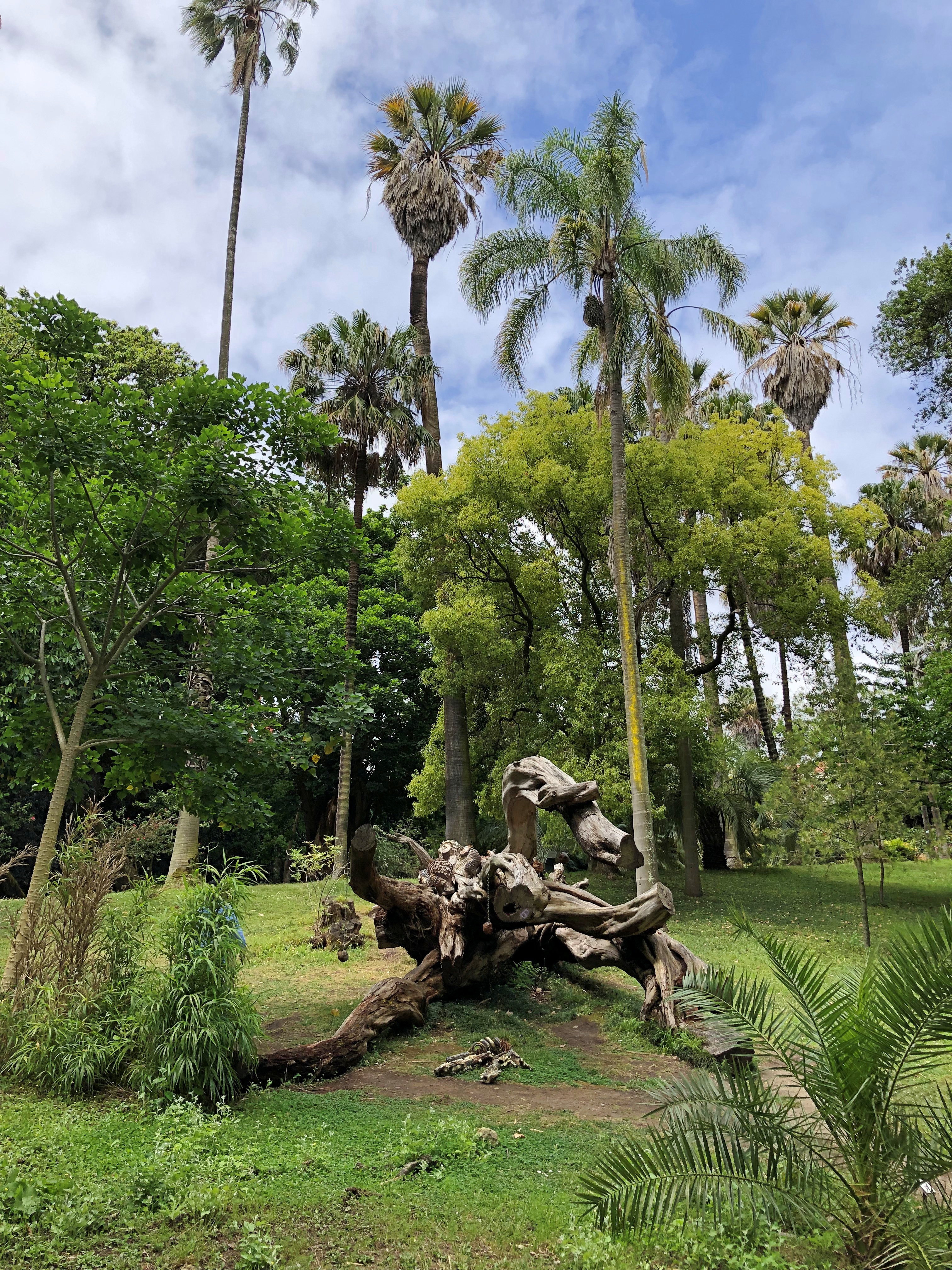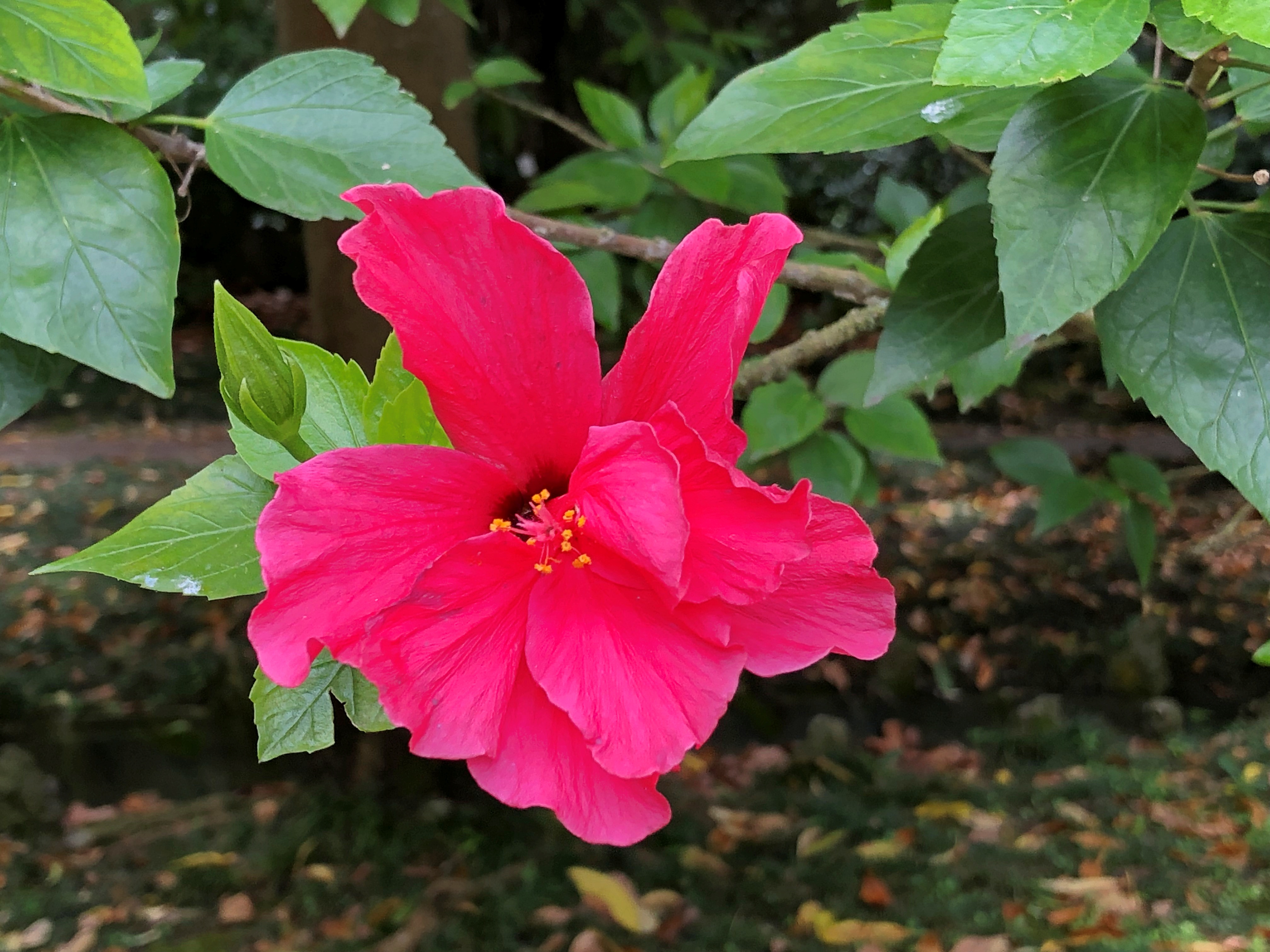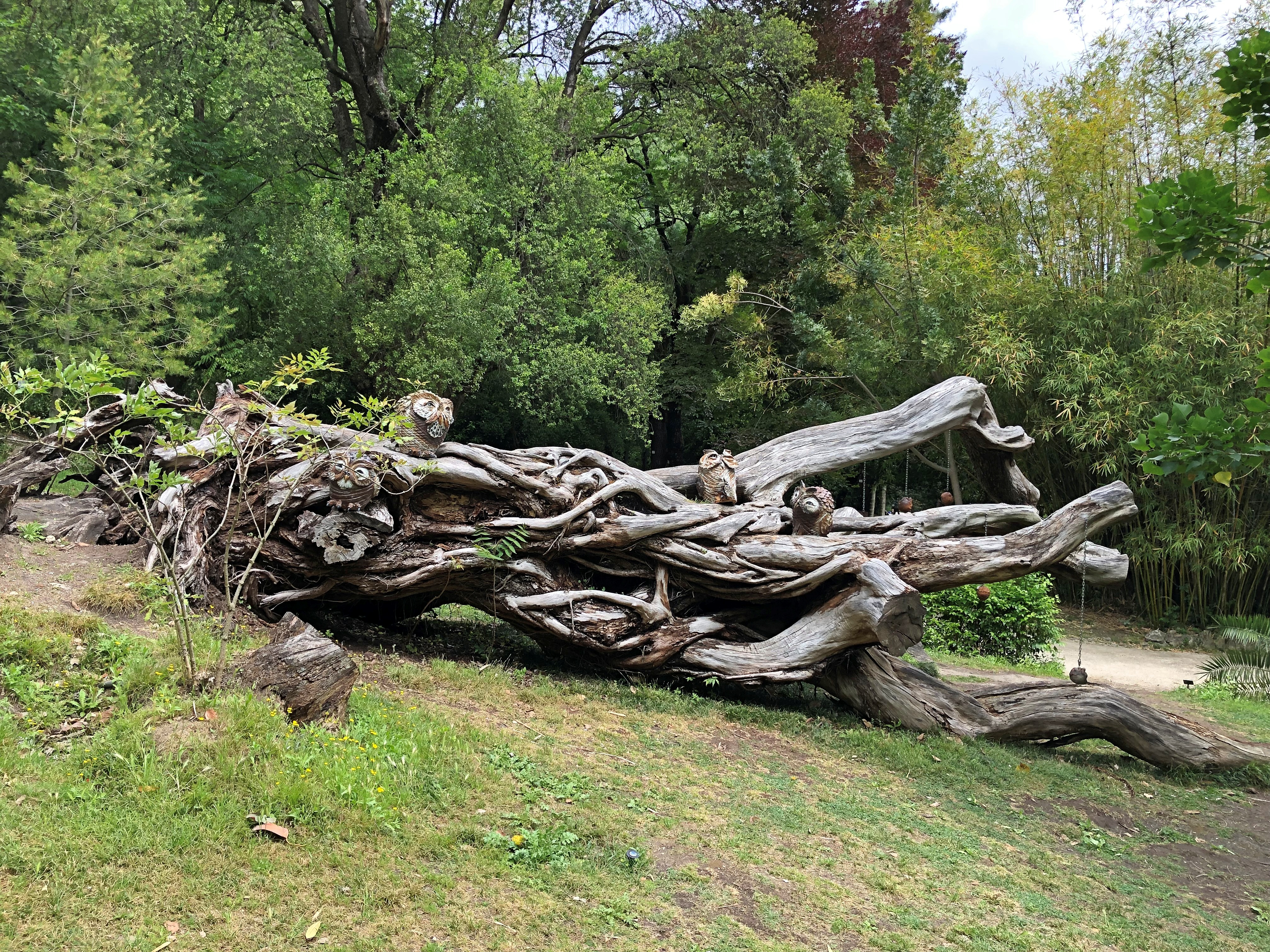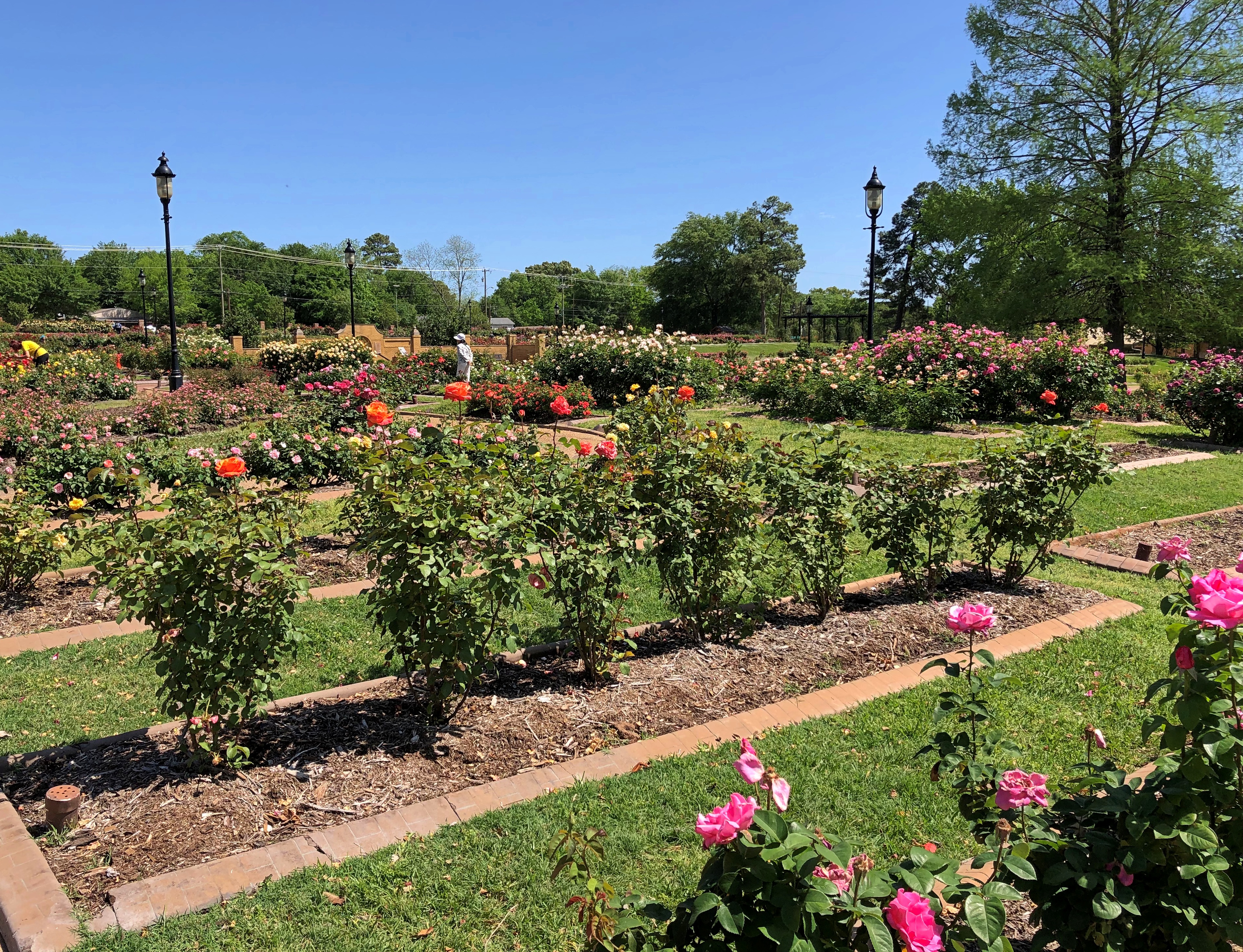Back in the planning stages for our recent trip, which was last fall, Yuriko wasn’t entirely persuaded that we should visit India. Not at least for any reason I might think it was a good one: because we would already be on that side of the world (more or less) by visiting Japan; because we’d never gotten around to India, even in ’94; or because as a modern state built on a long series of storied civilizations, it would surely would be an interesting place to visit.
No matter, I had an ace in the hole. “Of course, we’ll be able to see the Taj Mahal,” I said. That did it.
I sent the first image to a number of friends via email, since I didn’t expect to find many postcards in India, or if I did, I wouldn’t want to deal with a post office to mail them, especially considering that delivery would be uncertain anyway. The email message:
A physical postcard from India is unlikely, but here’s an image you aren’t likely to see in a card or Instagram. You are likely so see it, however, if you stand in front of the structure, as we did… Entirely worth the effort to get here. I didn’t mind the crowds that much — they are a happy crowd, after all, and you’re one of them.


Even in a crowd, assuming they aren’t jostling you, you can pause, stare and consider where you are. The Taj Mahal. A place only ever seen in pictures before, considered one of the top works of human beings. In person, your eyes are apt to agree.
The story of the Taj Mahal is too well known to relate here, as are descriptions of its beauty and architectural transcendence. But I will say this: What would the Indian tourism industry do if the Mughals hadn’t been so keen to build monumental structures? The Taj Mahal is just the crown jewel of a large collection that has survived to our time.
For closeups of the intricate marble work. 
It is believed that an eventual total of 20,000+ masons, stone-cutters, inlayers, carvers, painters, calligraphers, dome builders and other artisans from throughout the realm, and probably beyond, worked more than two decades on the mausoleum and outbuildings.
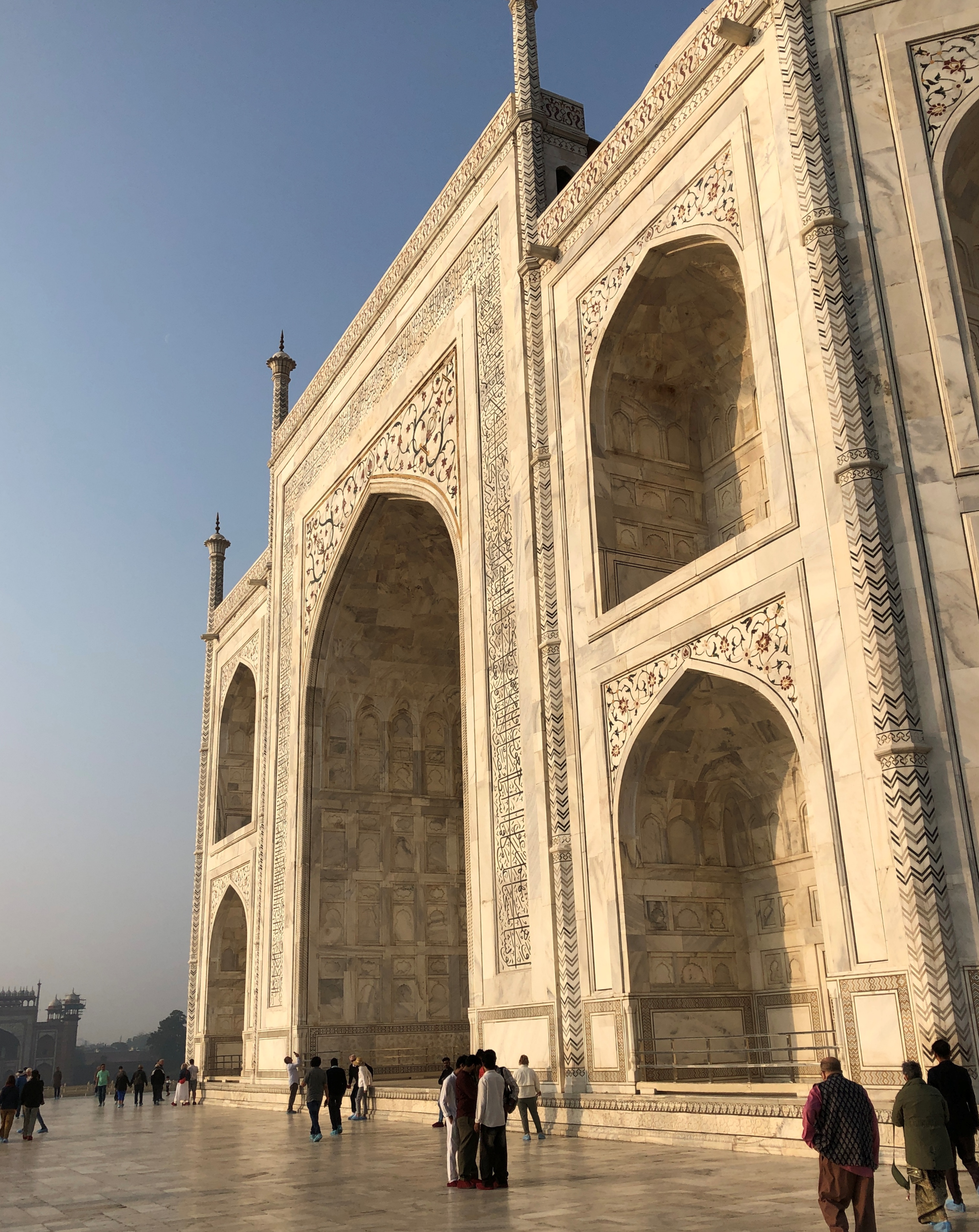
Inlay, not painting. Twenty-eight kinds of stones, I’ve read.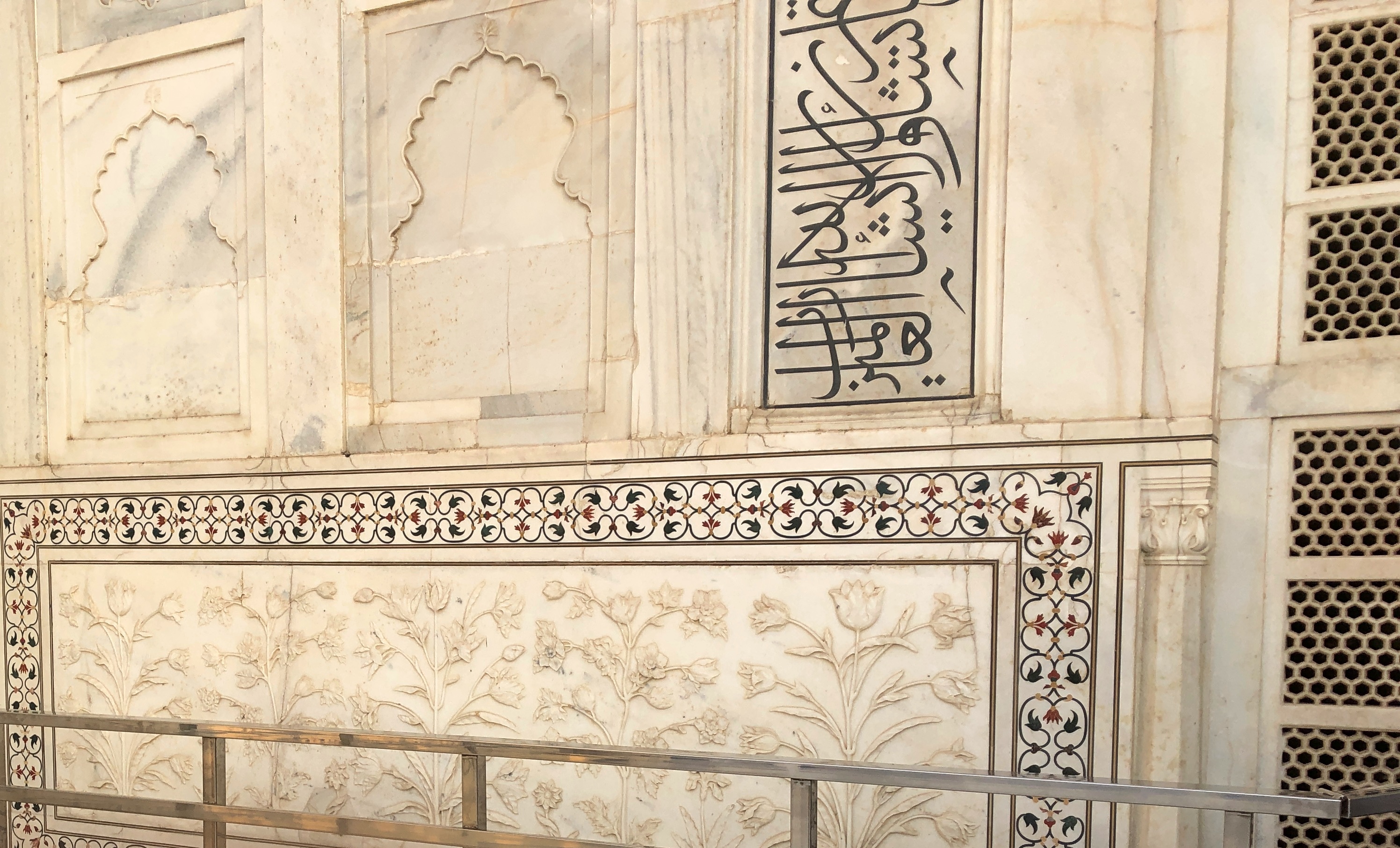
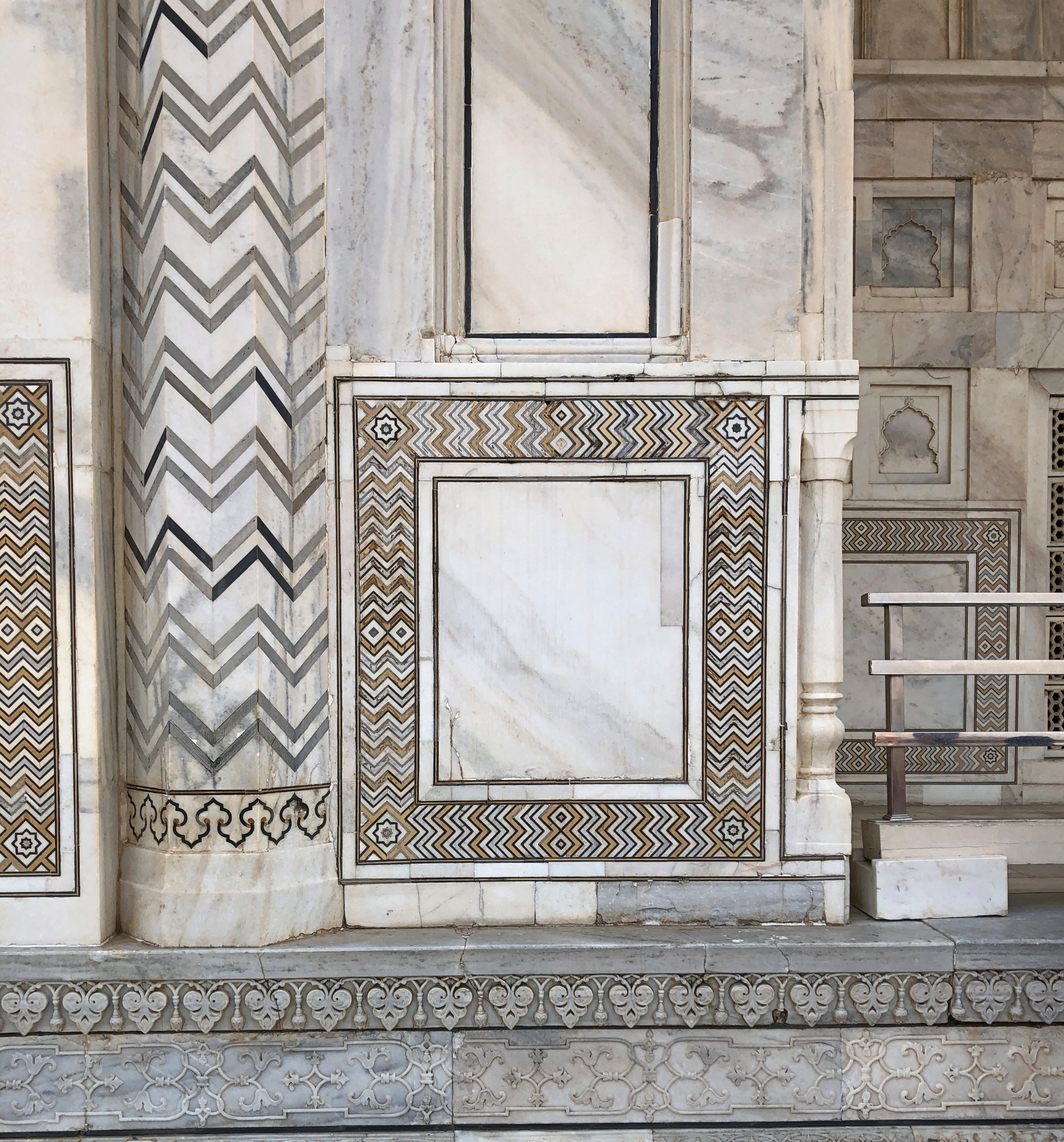
Imagine the graceful lines of the Taj Mahal main dome without the companion minarets. That would be like Saturn without its rings.


You can also go inside the chamber where ornate slabs sit above the internment sites of the empress Mumtaz Mahal, and, almost as an afterthought, the emperor Shah Jahan, who ordered the Taj Mahal built in the 17th century. We joined the line.
The mausoleum faces away from the river, but it is back there. The view from the mausoleum of the wide Yamuna River, tributary of the Ganges.
A structure that doesn’t get enough love. The main gate of the grounds, through which you pass to see the mausoleum. It is outshone by the mausoleum, but wow.
